
Nativity scenes are one of the strongest symbols of the Christmas holiday. Passionate craftsmen sometimes reproduce the Nativity episode to perfection. Between art and the sacred, these true masterpieces require a goldsmith's work that often spans the whole year, before they can be presented during the expected period that extends throughout the month of December. Whether traditional, original, living or inanimate, all these cribs are breathtaking artistic representations, and put stars in the eyes of the youngest... and the oldest! Petit Futé offers you its classification of the most beautiful cribs in the world.
Czech Republic, the cultural
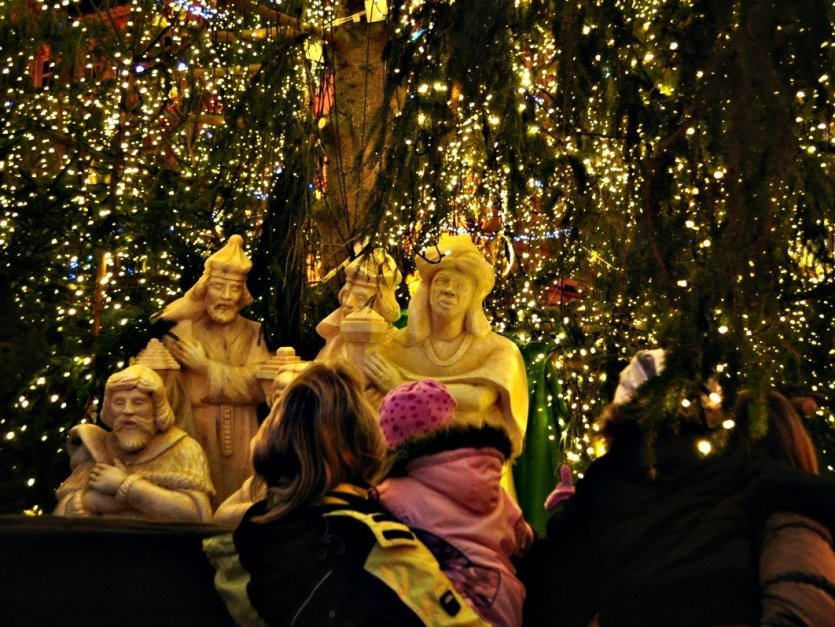
During the Christmas season, you will see nativity scenes all over the Czech Republic. Every town has its own Christmas market, where you will often find lively Nativity scenes that make children dream. Children also enjoy sitting on a donkey, sheep or goat! There are also many museums dedicated to this craft. Near Prague, the Karlštejn Museum displays a variety of original nativity scenes. Some are made of sugar, others of bread, and the largest are almost 4 m high!
Mexico, the most creative
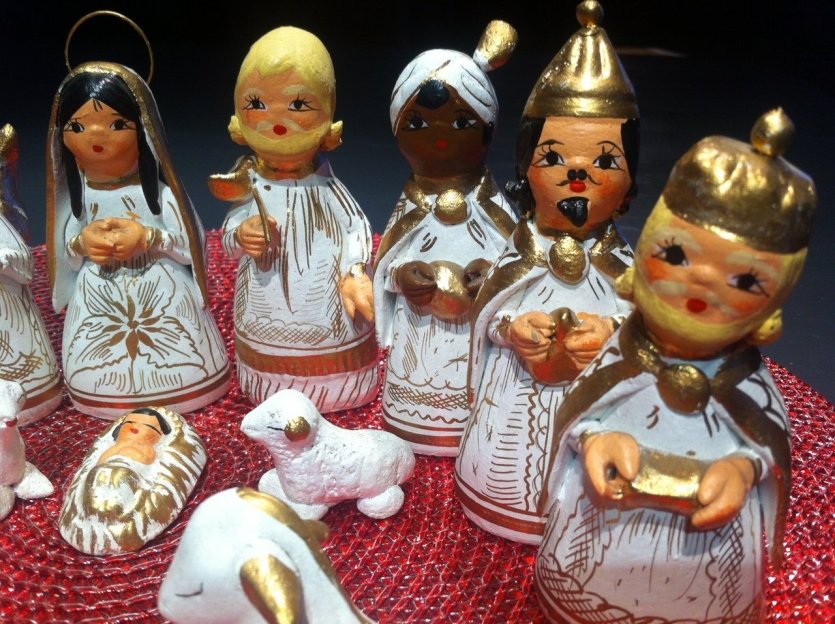
In Mexico, originality is in the spotlight! And if the tradition was introduced in the country in the 16th century with the arrival of the Spaniards and the evangelization, we have in the cribs a whole bunch of elements coming directly from the culture of the country: cactus, coconut trees and even santons making tortillas take part in the Nativity scene. Sometimes Adam and Eve and the devil are also found as representations of good and evil. The crib is set up on December 16, the first day of the posadas, daily festivals that last 9 days. They retrace the pilgrimage of Joseph and Mary before the birth of Jesus. A beautiful way to start the festivities!
Portugal, the baroque
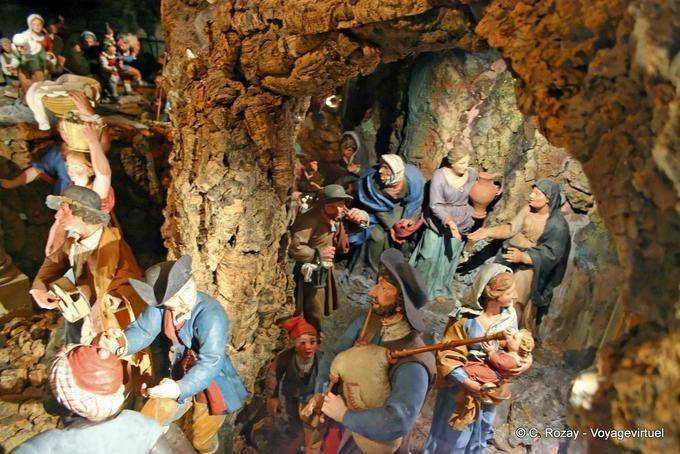
In Portugal too, the crib is a tradition that cannot be ignored at Christmas time. It is in the Alentejo region that its imprint is still the strongest with a production of religious and secular Santons from Portuguese culture such as the washerwoman or the folk dancer. These figurines are often made in life-size, which gives them an undeniable charm. You should also know that Portugal was a great producer of Baroque cribs in the 18th century. These masterpieces can now be found in churches or cathedrals such as the Sé in Lisbon.
Russia, the theatrical
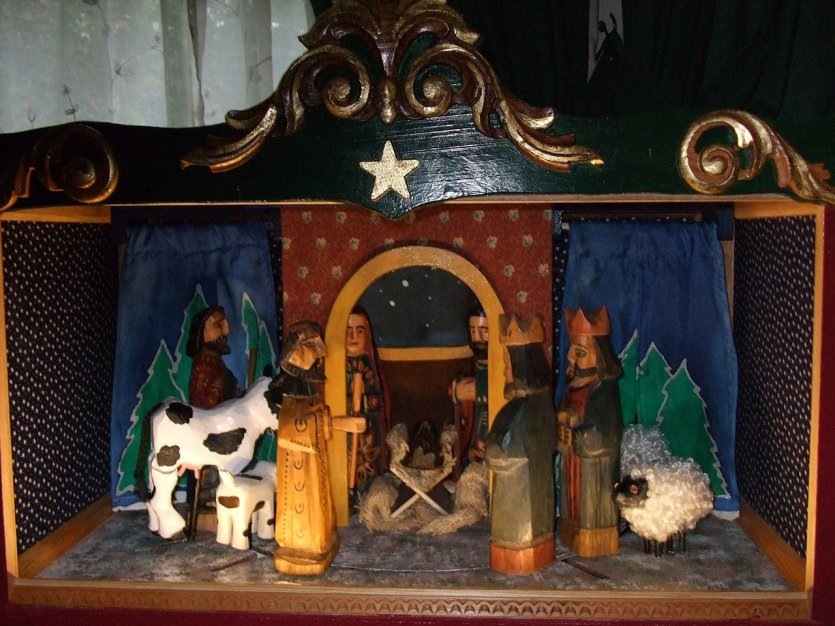
The Russian crib, or vertep which means "cave" in old Slavic, is a real little theatre! It is a two-storey house: on the first floor is the Holy Family, on the second are satirical scenes or legends related to national heroes. To bring this little world to life, there are of course openings to handle the dolls. The show then alternates dialogue and traditional songs and is often performed by candlelight, in a rather dark room, and in front of children whose faces never cease to marvel.
Peru, the Amazonian
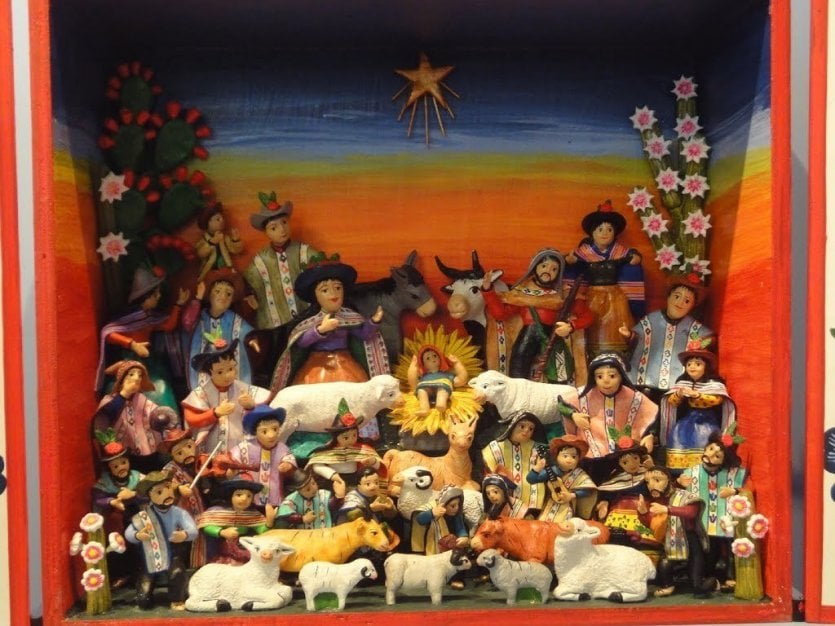
Anyone who has the opportunity to visit Peru at Christmas time will realize that the crib is of paramount importance, much more than the tree. Its composition varies according to the region: the Andes, the coast or the Amazon. The Amazonian cribs are populated with short-dressed santons and the little Jesus is surrounded by felines: tigers or panthers. On the coast, the characters wear straw hats. Finally, in the Andes, the protagonists of the Nativity are warmly dressed and wear a Peruvian cap. They all await the arrival of Niiño Manuelito, the Infant Jesus
Germany, the crèche with combustion
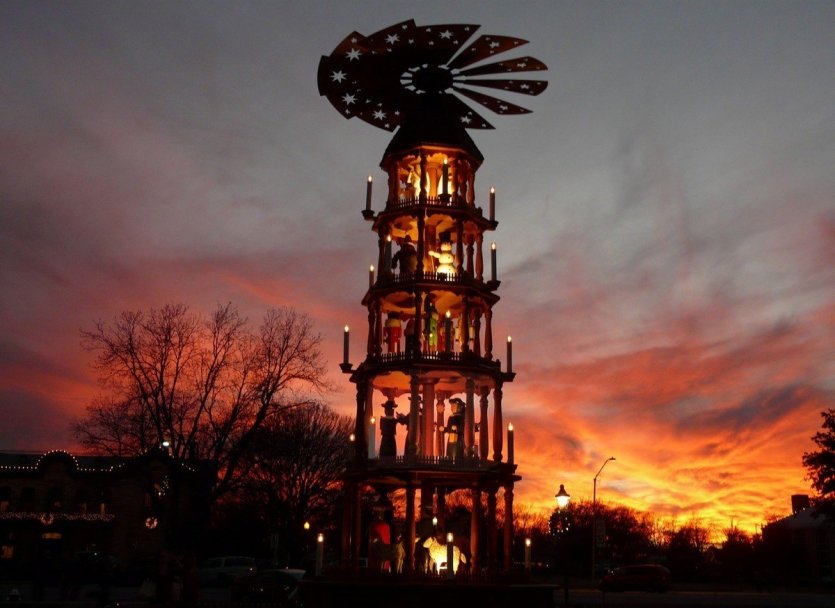
The most beautiful Christmas markets can be found in Germany, but it is also here that one of the most original nativity scenes is to be found: the Weihnachtspyramide. It is a kind of carousel with several levels, the last of which is in motion thanks to the principle of combustion. It is the candles placed on the first floor that generate a stream of hot air that is favourable to the rotation. The largest of these pyramids can be found at the Christmas market in Dresden, one of the most impressive. Its origin dates back to 1434, the year in which Prince Elector Frederick II gave his permission for the Christmas Eve market. Frohe Weihnachten!
Burkina Faso, DIY
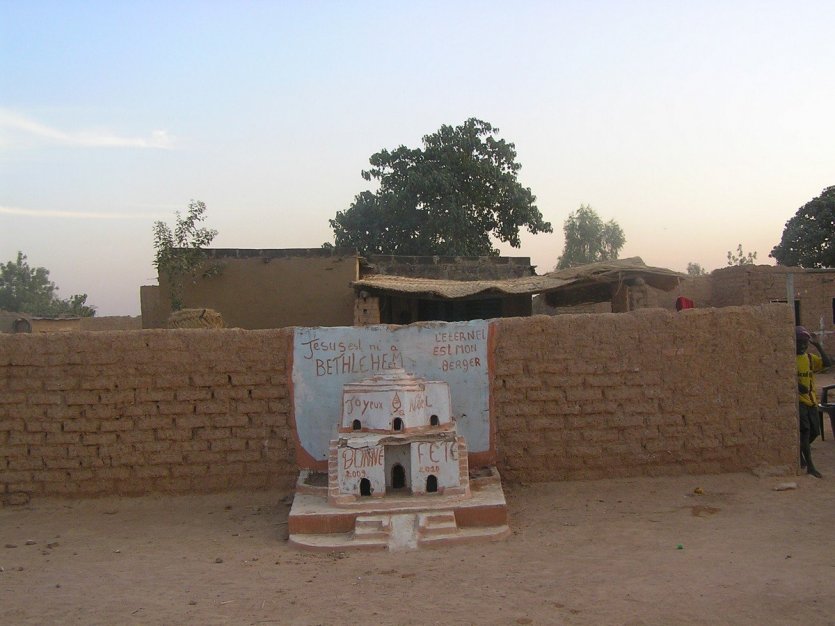
Every year, Christian families in Burkina Faso compete in ingenuity to build the most creative crib in front of their own homes. Here, no Nativity scene, but a miniature cathedral! In the streets of some villages, one can find replicas of Notre-Dame de Paris or representations of skilfully decorated Romanesque churches. Most of the time, it is the children who build and paint these little architectural treasures using clay, sardine cans, cardboard and paint. Occasionally, Muslim children also build mosques and display them in front of their homes
Krakow, the monumental
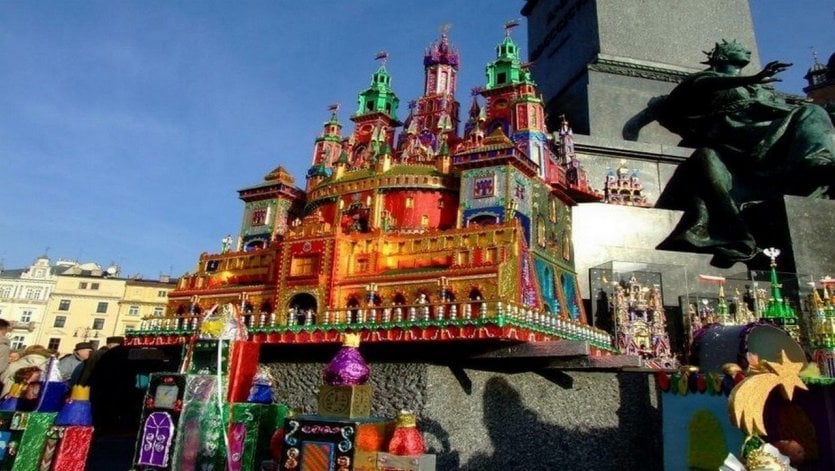
On the largest medieval square in Europe, the Krakow Square, the most beautiful and original Polish cribs (szopka) are exhibited on the first Thursday of December. The szopka represent the Nativity, not in front of a stable, but in front of a monument in Krakow. The precision in detail is impressive! These miniature buildings are also inhabited by characters from Polish culture. The szopka are walked from street to street accompanied by Christmas carols. The nativity scenes bear witness to the deep Polish infatuation with the Christmas season. An unmissable event if you are in Poland!
Provence, the most typical
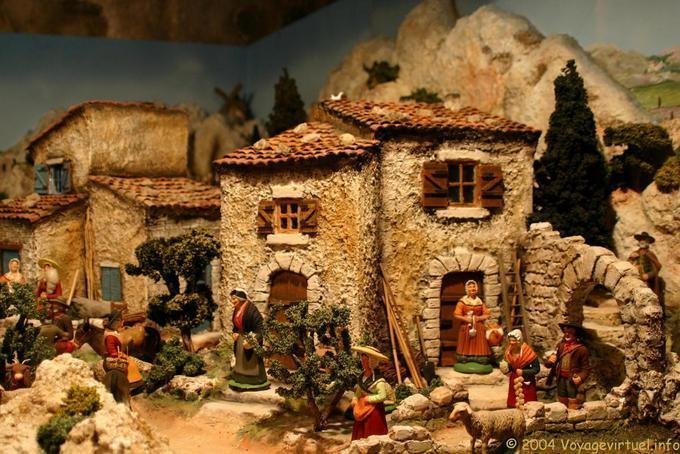
The Provencal crib is a very detailed representation of a village in the south of France with all the parts of daily life: the bread oven, the water mill, the pets. And of course, in this charming village, we find the Nativity stable and all the characters who live there. It is in Grignan, in the Drôme Provençale, that the largest crib in the world according to the Guinness Book of Records is located. On 1116m2, you will be impressed by this incredible reproduction of the Nativity. And if you pass by Les Baux-de-Provence, don't miss the giant Christmas crib on the theme of the Far North
Naples, the original
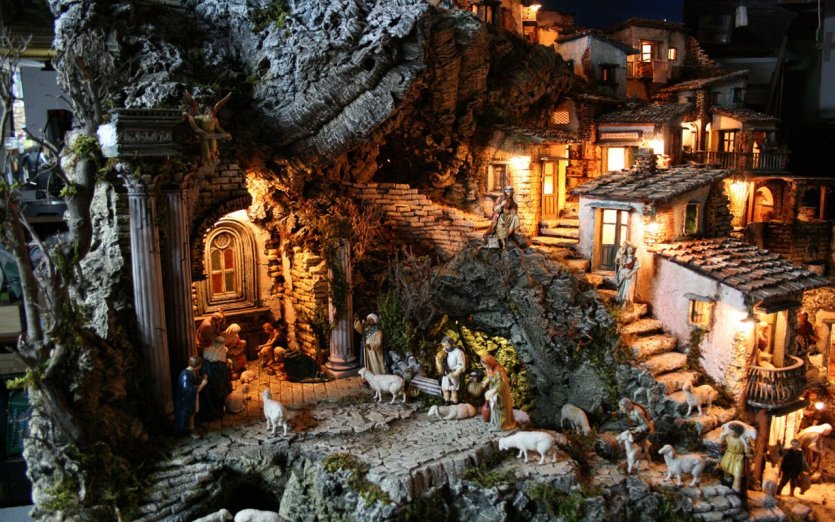
It was in Italy that St. Francis of Assisi invented the Christmas crib... So it's no surprise that our transalpine neighbours win the prize! The Neapolitan crib is a craft recognized worldwide and is made according to ancestral methods. Here, the santons are finely hand-decorated by artists who practice all year round. In the picturesque Via San Gregorio Armeno in the centre of Naples you can admire these small masterpieces, which often represent political or public figures dear to our times


